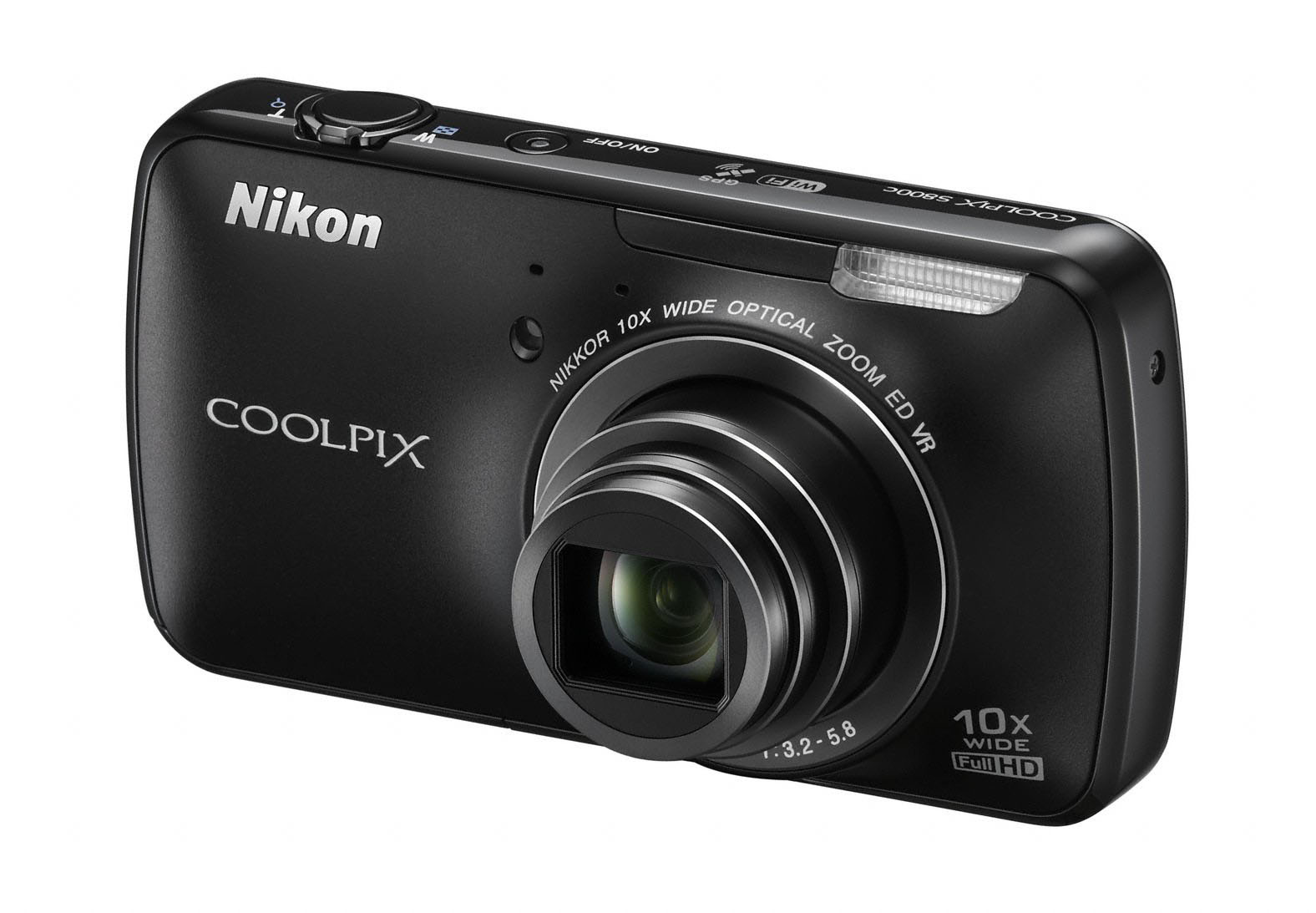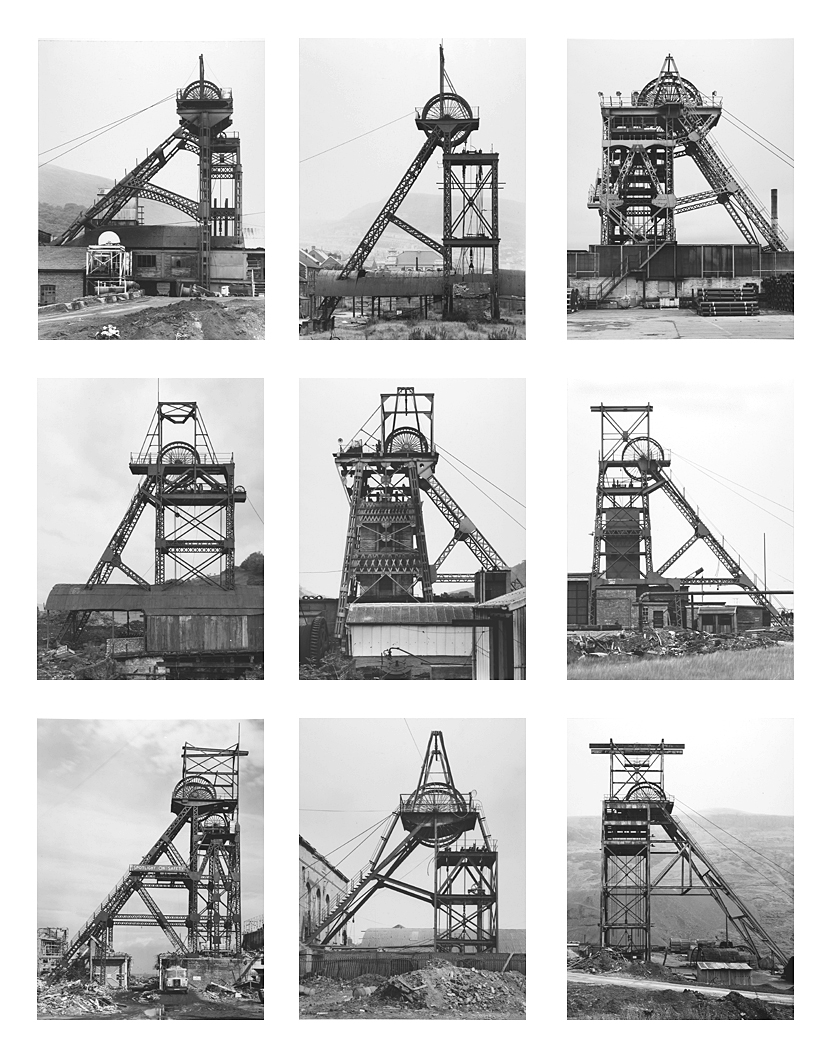Strengths
- A good knowledge of the local area including accessibility, vantage points and ease of parking
- A love of the outdoors so I wont be fazed by weather conditions although heavy rain could complicate matters
- An ability to communicate with people on all levels which will come in handy should there be any issues regarding access or security
- A sense of humour to accompany the previous point
- A good understanding of how to achieve the best from my camera and equipment which will be a major contributing factor when it comes deciding whether or not I'll be opting for long exposures or not
- Determination, if I know I how to commit to something to achieve my desired results, then I will
- A driving licence and vehicle
- Flexibility when it comes to times so I can just drop stuff as and when required if I suddenly feel that now would be a good time to shoot
- An awareness of my surroundings which means I am unlikely to put myself in to any situations that may be considered stupid or threatening
- I have a tendency to be able to see the finished image before I actually commence shooting so I'll have a good idea of whether or not I'm getting the images as the time passes and wont be wasting too much time pondering
Weaknesses
- Time management, now although I operate a pretty good system and everything always ends up getting done, I do have a habit of putting things off until the last minute so if I don't get control of this then I could mess up my entire shoot, especially if the weather changes
- I can be prone to multi-tasking instead of concentrating on the job in hand I'll try and fit it in with something else which can lead to things not getting the attention they require
- My attention can wander easily so I can end up getting side tracked from my original idea if something else crosses my mind on location
- I'm short of money at the moment so my locations need to be in a pretty tight area to reduce fuel costs and if I can get them all done in one journey then even better
- Mood swings, I have to be in the right frame of mind to just get out of the house and start shooting, but once the bags packed I'm usually ok
- I can have a tendency to rush things when shooting alone but this could just come from early days when I was shooting street photography and it tends to be more of a case of getting the picture and moving on, I need to calm down a little on that front
- I'm my own worst critic so I need to think carefully as I fill each frame
Opportunities
- As I am aiming to produce a series of images that work together as a set then my initial thought would be to see them exhibited as a set as a fairly good representation of some of my work
- Potential photographic magazine feature
- Potential to display locally as an example of industry in the area that people perhaps haven't really taken the time out to look at before
- Local libraries or exhibition space which I'd have to look into
- Sell them as straight prints either individually or as smaller set
- Local press feature and general recognition that I don't travel around with my eyes blinkers on and want to share my observations with others
- Possibility of commissions from anybody that may appreciate what I do
Threats
- Heavy rain would mean I'd have to rethink my entire shoot especially if there was no let up in the forecast
- Security issues regarding the possible sensitivity of the area I may be shooting
- Public intervention be it either nuisance kids or just the general public en mass
- Failure to plan ahead properly so empty memory cards and full batteries are a must
- Traffic problems as in either roadworks or delays which could effect both my accessibility or time scale available













